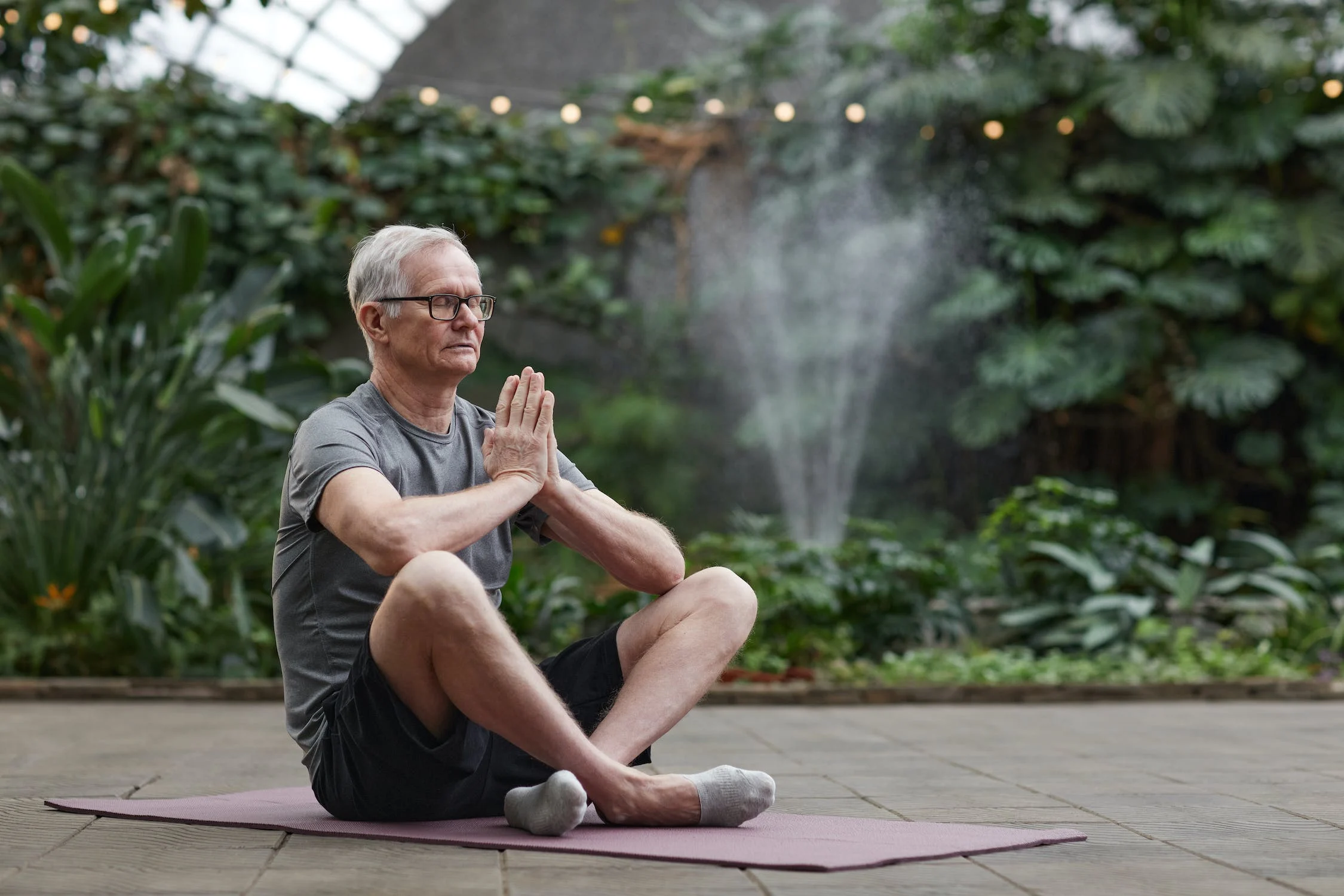
Why it is important to take care of everything in a complex way - movement, nutrition and rest
Our well-being depends largely on our daily habits. Movement helps maintain metabolism and muscle flexibility, proper nutrition provides the body with “building material”, and rest and sleep restore strength. If any of these are missing, the result will no longer be complete. Therefore, a “little bit of everything” approach works best: small steps in each area give a big effect together.
For example, exercises for the pelvic floor and deep core muscles take only a few minutes a day, but can significantly improve the feeling in the body and add confidence when moving. Combined with a balanced diet and enough water, these simple habits easily fit into everyday life.

